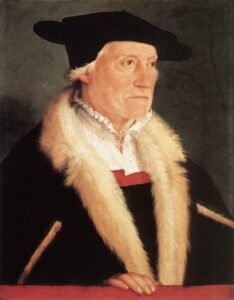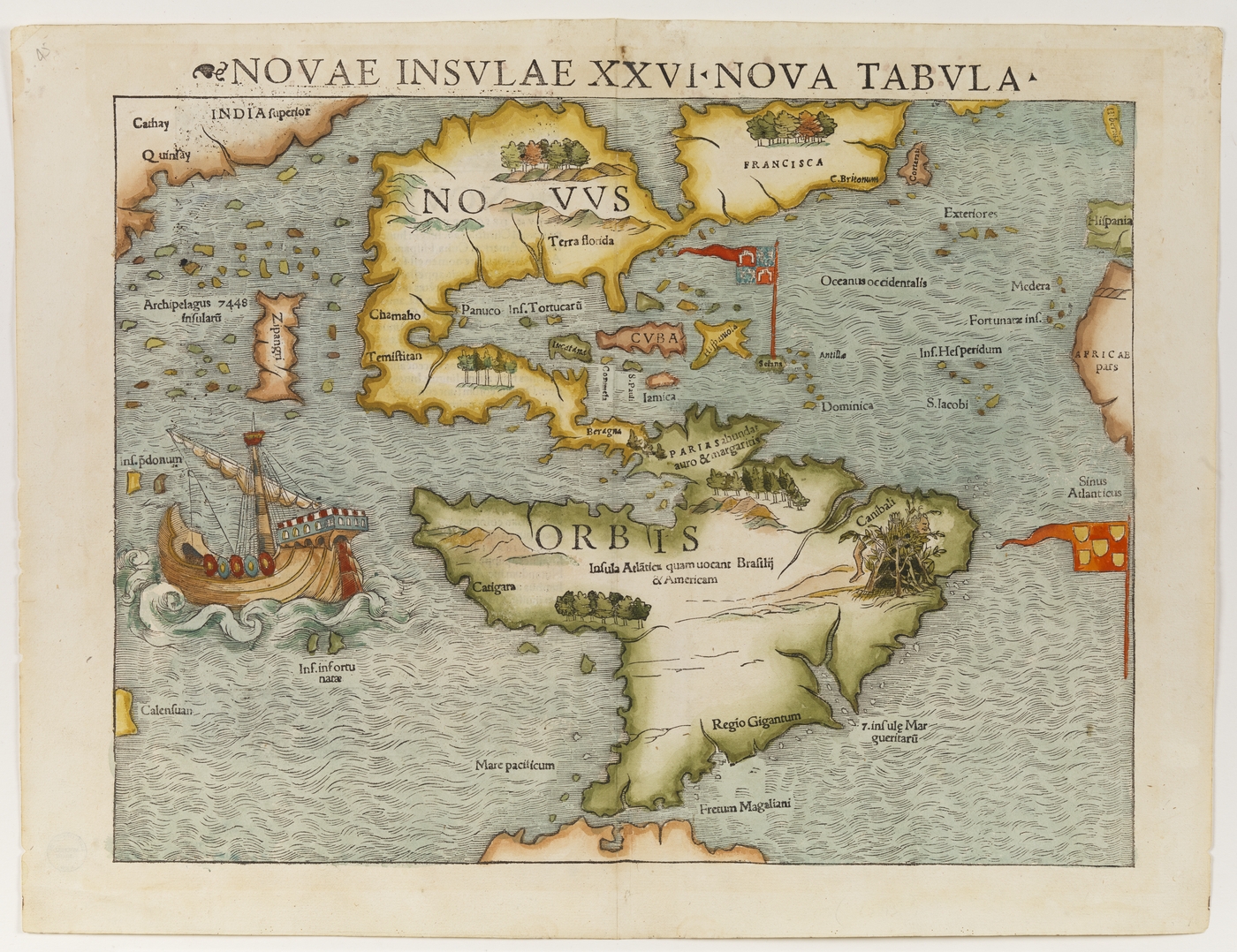Tag: Cosmographia
Lines of Latitude: Sebastian Münster and his Cosmographia (1544)
Sebastian Münster, Hebrew scholar and theologian, was a curious man, a seeker and a risk taker. First a professor of Old Testament Studies, Münster reinvented himself. In 1536, he accepted a teaching position in mathematics at the University of Basel, in Switzerland.

And Münster developed a sideline that came to define how we remember him today–he worked as a cartographer and cosmographer. Already in 1536, he released a Mappa Europae, later followed by a Latin edition of Ptolemy’s Geographia. But Sebastian Münster’s legacy is wrapped up in his Cosmographia of 1544, a book that managed the rare feat of being both scientific and popular. It was a runaway bestseller which described and explained the cosmos. In fact, it revolutionized how 16th century readers thought about the physical world.
From 1544 to 1628 the work passed through 40 editions in German, Latin, Czech, Italian, French and English and somehow persuaded educated Europeans to get interested in geography. Münster was assisted by more than one hundred and twenty collaborators. Famous woodcut artists contributed illustrations and that surely must have helped. The richly illustrated Latin version published in 1550 is the most prized edition today, in part because of its amazing city views.
But there was something else in the Cosmographia that rightfully fascinated readers: Four maps which struck a mortal blow at the medieval world view that ordered the physical world based on religious ideas. For centuries, medieval mappae mundi [= world maps] had depicted the known world, Asia, Africa and Europe, arranged in a Jerusalem-centered T-O design. Separate maps of individual continents were extremely rare in the European Middle Ages.
Münster made a radical choice. He insisted that this divinely ordered world, God’s creation, could be disassembled and depicted in parts, on different maps, which together would make up the known world. For his Cosmographia Sebastian Münster created four separate maps to depict the four known continents– the Americas, Africa, Asia and Europe. That includes his now famous depiction of the Western Hemisphere.
